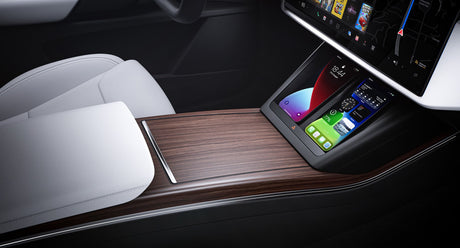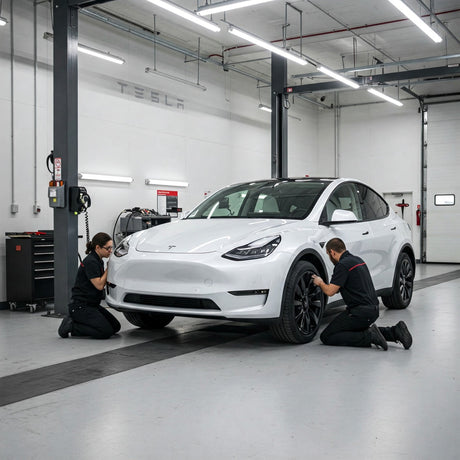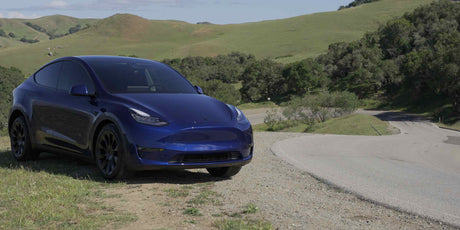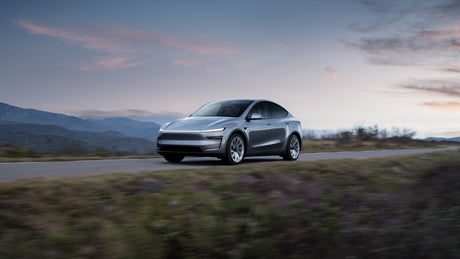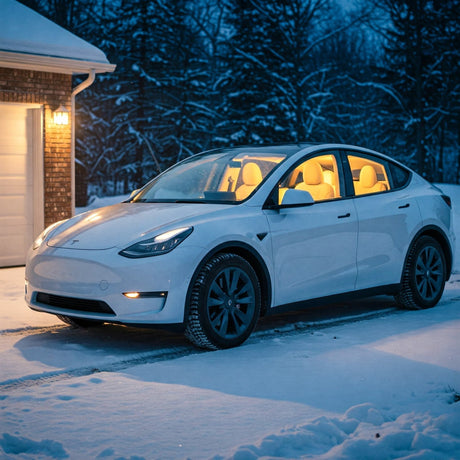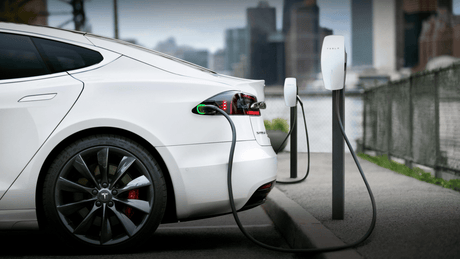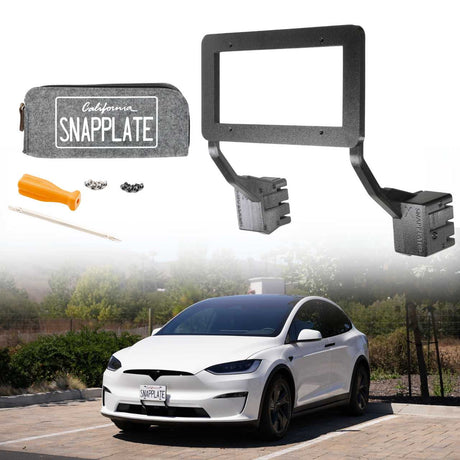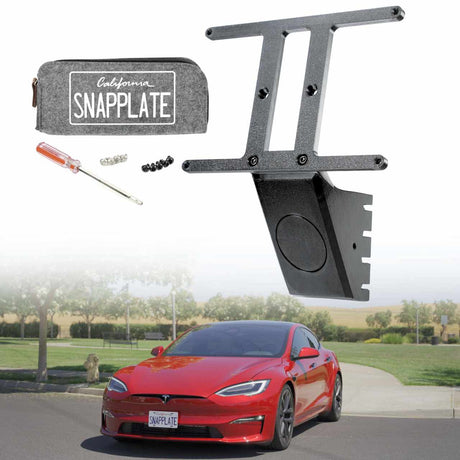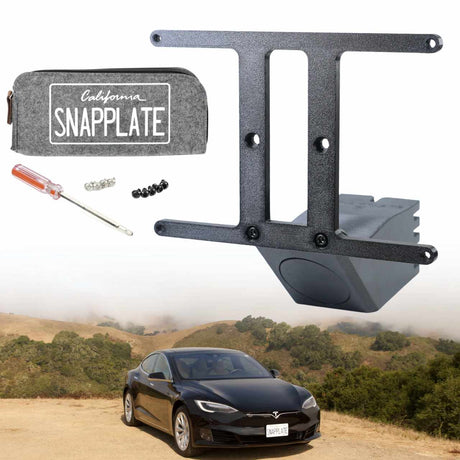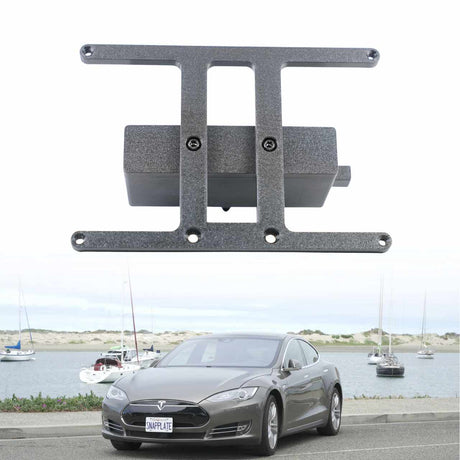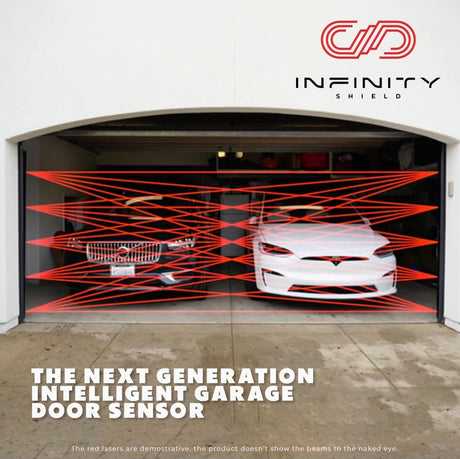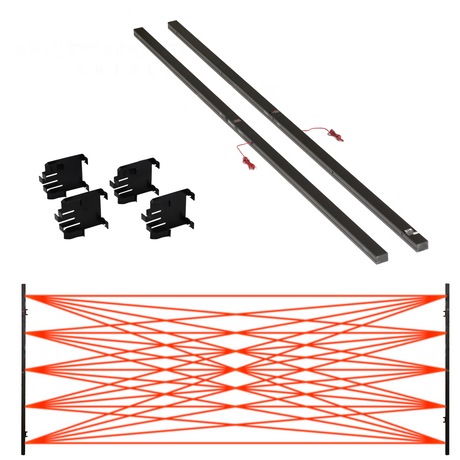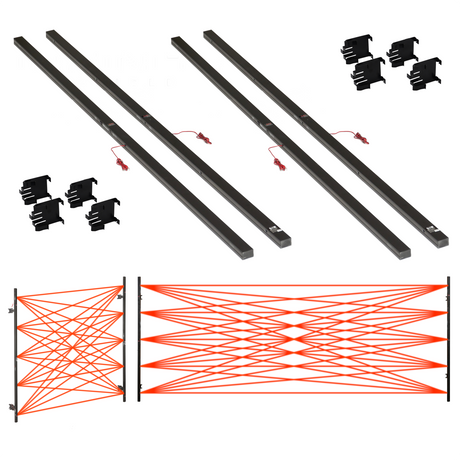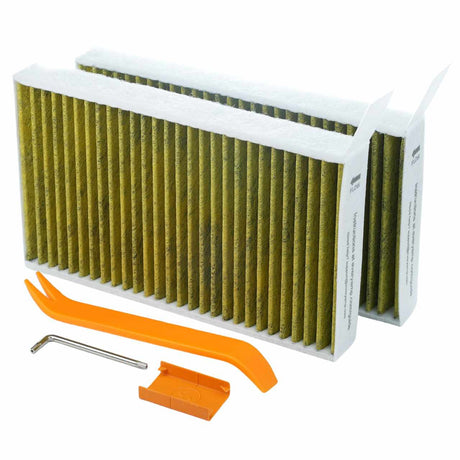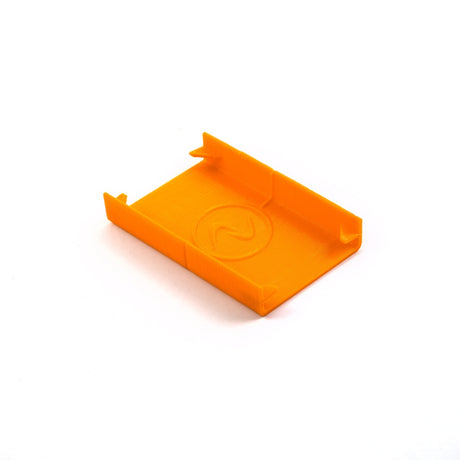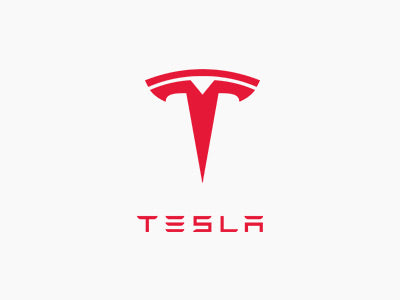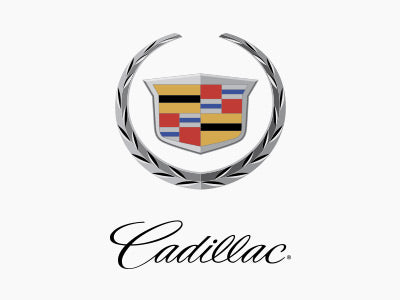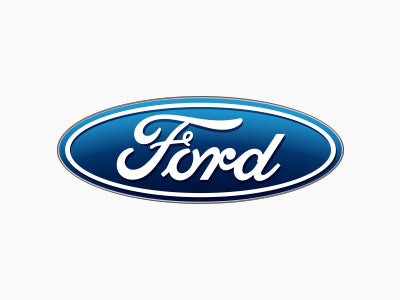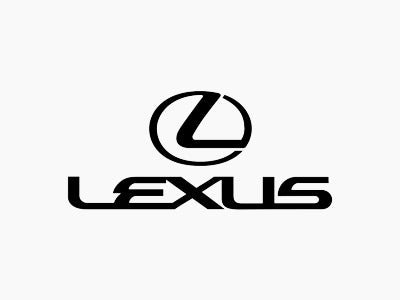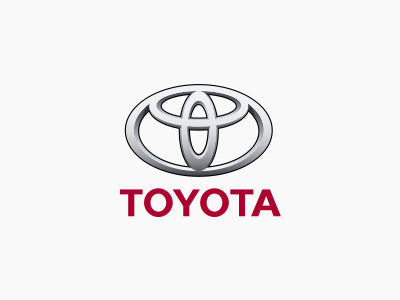One of the biggest points of confusion and apprehension for new and prospective electric vehicle owners is charging. In the US, we have electricity available almost everywhere, but unlike gasoline where most pumps look about the same and take about the same amount of time, electrical connections can vary widely in form and speed. Once you know the lingo, it's really not so bad, so let's break it down.
First, a few definitions:
- kWh – A unit of energy that means how much total range you’ve gotten. It varies with how many kW you’re getting and for how long you charged.
- kW – A unit of power that means how much range you’re getting per hour. It varies with the electrical voltage and current available from the connector.
- Mi/hr – Tesla also likes to specify charging rates in miles of range per hour or mi/hr. This sounds more intuitive than the technical term of kilowatts or kW, but it can also be confusing since it has nothing to do with speed in miles per hour or MPH. It can also be confusing because it’s different for every vehicle. For example, charging a Model 3 at 11.5kW it will show 44 mi/hr on the display, but the same 11.5 kW on a Model X will show 30 mi/hr. The smaller, more efficient Model 3 simply goes farther on the same amount of energy.
As we go through the options from fastest to slowest, remember that these are maximum possible charge specifications and actual charging rates can vary. As your battery fills up or if it's excessively hot or cold, the car will slow charging to protect itself, or if other vehicles are plugged into the same charger it can also slow charging.
Keep in mind that these figures and chargers primarily apply to the US; many other countries use different connectors, voltages, and charging infrastructure.
Level 3 - DC Fast Charging - Charge in Minutes
Tesla Superchargers

Level 3 DC charging bypasses the onboard AC charger and directly charges the battery with DC power. This is the fastest possible charging method and Tesla is constantly pushing the envelope on how fast their batteries can charge. Often, vehicles can be brought up to full charge within an hour, making them the only realistic charging option for long road trips that can’t be made on one charge alone.
- Up to 1000 mi/hr
- Up to 520A @ 480V
- Up to 250 kW (some older Superchargers are limited to 150 kW and neighborhood Superchargers are limited to 72 kW)
Supercharger locations are available on the in-car Tesla display and the vehicle will even automatically route to them when navigating!
CCS - Combined Charging Standard

Level 3 DC fast-charging standard other automakers have adopted through 2023, though that is changing in the future as manufacturers are adopting Tesla's NACS connector! CCS connectors resemble a J1772 connector with two large extra pins that can carry up to 350 kW of power directly to the battery on compatible vehicles, though Teslas are limited to 250 kW.
- Up to 1000 mi/hr
- Up to 500A @ 1000V
- Up to 250 kW (some older Teslas may need retrofits to use the adapter)
Tesla offers a NACS to CCS adapter to utilize Level 3 charging at up to 250 kW at third-party locations.
Level 2 - 240 VAC - Charge in Hours
Mobile Connector with NEMA 14-50 wall plug

Level 2 chargers operate at 240 VAC, but options vary in speed with how much current they can supply. The Tesla Mobile Connector can supply up to 32A when using the NEMA 14-50 adapter on a suitable outlet which is fast enough for most owners' needs.
- up to 30 mi/hr
- 32A @ 240 VAC
- 7.7 kW
Tesla has an excellent, low-cost option that includes adapters for both Level 1 and Level 2 charging.
Wall Connector

To reach the maximum at-home charging speeds of your Tesla at 48A, you need a Tesla Wall Connector and a dedicated circuit with a breaker rated at 60A.
- Up to 44 mi/hr
- 48A @ 240V
- 11.5 kW
The Wall Connector has the NACS-only connector for all Tesla vehicles.
The Universal Wall Connector ads an integrated J1772 adapter to charge Teslas and vehicles from all other manufacturers in the US.
Destination Chargers

These are often located at places like hotels, wineries, and shopping centers are intended to be used while traveling when a vehicle can be left to charge over multiple hours while the occupants are enjoying their destination (hence the name). They are identical to Wall Connectors wired to a home’s electrical panel though the voltage can vary from up to 277V (really rare) to as low at 208V (pretty common).
- Up to 58 mi/hr
- Up to 80A @ 277 V (older dual-charger S and X at 80A, newer cars are limited to 48A or 32A)
- Up to 22 kW
As part of Tesla's destination charging network, these connectors can show on the Tesla navigation screen if you tap the icon to enable them.
Public Level 2 Chargers

Most level 2 public charging stations use a J1772 connector for which Tesla includes an adapter with every vehicle. This is useful for a variety of situations when Supercharging, home charging, or destination charging are not available or are inconvenient, but there is ready access to other charging infrastructure. Plugshare is a great resource for locating them.
- Up to 58 mi/hr
- Up to 80A @ 240V (though 32A is most common)
- Up to 19.2 kW
Don’t forget to remove your J1772 adapter from the end of the charging cable when you’re done!
Level 1 - 120 VAC - Charge in Days
Mobile Connector with 120 VAC wall plug

This option uses the standard 3-prong plug that is widely available in the US, but is only realistic if you’re primarily leaving your vehicle plugged in and charging every night, only driving short distances to work and shopping, and using the Supercharger network for longer drives. This method is so slow that it’s known as “trickle charging.”
- 2 mi/hr
- Up to 16A @ 120 VAC
- 1.9 kW
Tesla has an excellent, low-cost option that includes adapters for both Level 1 and Level 2 charging.


